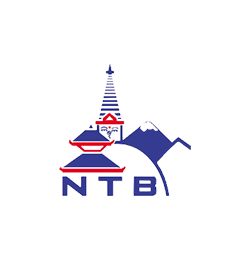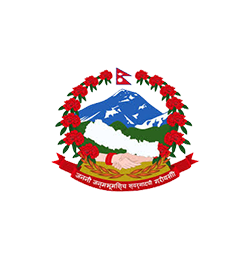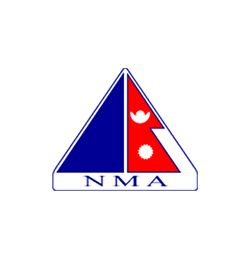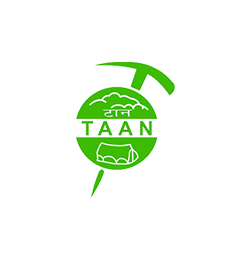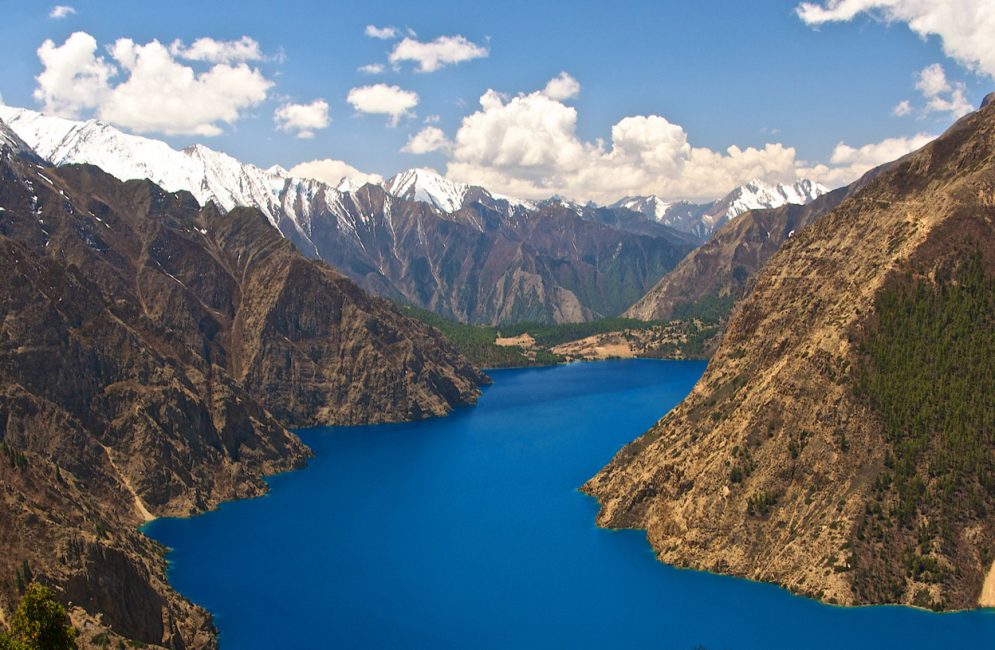
‘a great marvelous country for adventure and impressive cultures’
Dolpo Highlighted Places within the scenic and cultural areas located Nepal Far North-Western Himalaya and with the largest national parks of the country called Shey-Phoksundo National Park enriched with exotic flora and fauna with beautiful dramatic landscapes.
Dolpo famous for Blue sheep and elusive Snow Leopard often spotted on walks around the Dolpo area around remote corners away from villages and human settlements within the serene wilderness and pristine surroundings.
Dolpo much-highlighted places start from the beginning of walks either visit of Upper or Lower and Inner Dolpo, a country full of charm of Nepal Far Wild West corners with various delighted places of interest to see from varied dramatic landscapes from green forest area to barren and arid terrain with high snow-clad peaks.
Beautiful Shey Phoksundo Lake
Phoksundo one of largest and highest lakes of Nepal where color changes along with day sun-lights from emerald turquoise to plain calm normal colors, a beautiful lake also called Ringmo Lake at an altitude of 3,630 m and 11, 978 ft high surrounded with blue pine, spruce, cypress, poplar, deodar, fir, and birch.
Ringmo village located near the bank of Phoksundo Lake an interesting village to visit and to catch glimpse of local cultures of both present Buddhism and ancient Bon-sect of pre-Buddhism where you can observe the daily farm life of the villagers.
Kang-la Pass and Shey Gompa / Monastery
After visiting Shey Phoksundo Lake and Ringmo village where one can extend treks to visit mystical and amazing Shey Gompa also known by the name as Crystal Monastery due to its close located nearby beautiful Crystal Mountain or Shey.
Just near to the monastery stands Crystal Mountain one of strangest mountains around Himalaya range, as the mountain contorted cliffs laced with quartz and embedded with a rich variety of marine fossils.
Enjoy a visit of old monastery believed to be more of 500 years old history treasured with ancient holy books, a statue of Lord Buddha and famous Buddhist and Bon-Pa Gurus with colorful religious paintings on interior walls and ceiling of the main prayer hall.
To reach Shey Gompa after walking past Phoksundo Lake taking few days crossing over Kang-la also called Nagdo-La pass at above 5,350 m and 17,652 ft high rewards with fascinating scenery of Dolpo beautiful landscapes with peaks of Western Himalaya range.
Saldang village and Yangze Gompa
On visiting Shey Gompa walk takes you to reach at Saldang village at 3,620 m, situated within dusty windswept terrain an impressive and large village of the region, places on higher side of Dolpo plateau, where one can visit and enjoy interacting with local native where culture and traditions much similar to Tibetans, where border falls close on route.
Next visit takes to another interesting place at Yangze Gompa above 4,960 m high, located off from the main trails following Nang Chu River with short ups and down and past Tiling and Luri-Gaon within cattle herder Yak grazing areas to reach small Yangze village and old monastery of old Bon and Buddhism religion sects.
Tokyu village, Tarap Valley and Tarakot
Walk to Tokyu after steep climb over Jyang-la pass with views of surrounding hills, valleys and massive Mt. Dhaulagiri mountain range, long descend leads to Tarap valley, largest and longest valley of Dolpo area which is about 20 k.m. which stretches following the Tarap Chu River, an easy walk for few hours to reach at Tokyo-Gaon.
Dolpo’s most impressive and interesting village, consisting of more than ten villages with nice tended farm fields with interesting monasteries.
Another Highlighted place visit of Tarakot village walk heads past Lalberi village to reach most impressive and interesting village of Dolpo at Tarakot, quite large village with old history and well maintained terraced farm fields an old fortress (Dzong or Kot) guards this village with old Sandul Gompa, at the junction of Barbung Khola and Tarap Chu.
The Jugdula River valley consists mostly of Quercus species. The trans-Himalayan area has near-desert type vegetation of mainly dwarf juniper and caragana shrubs.

